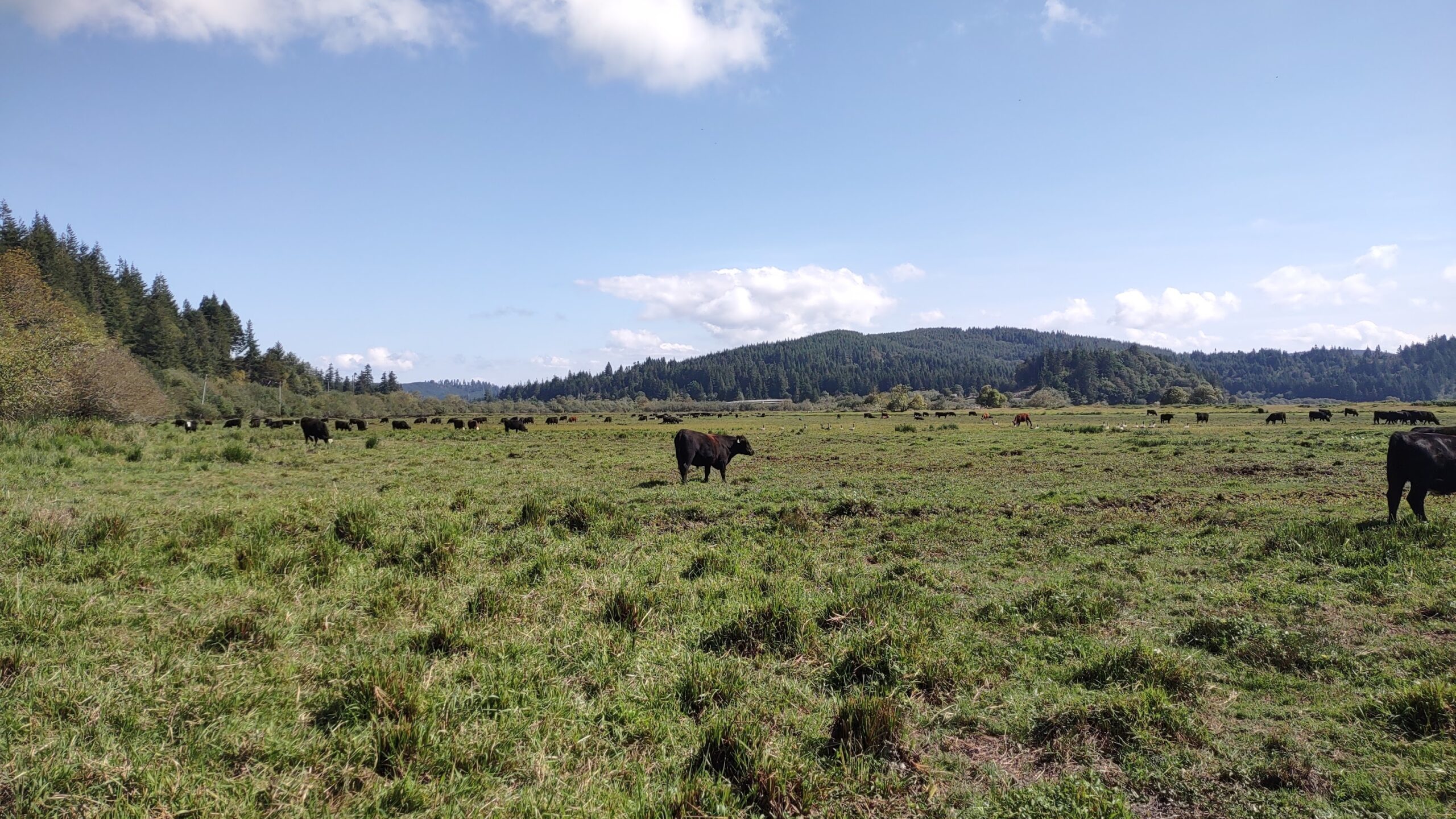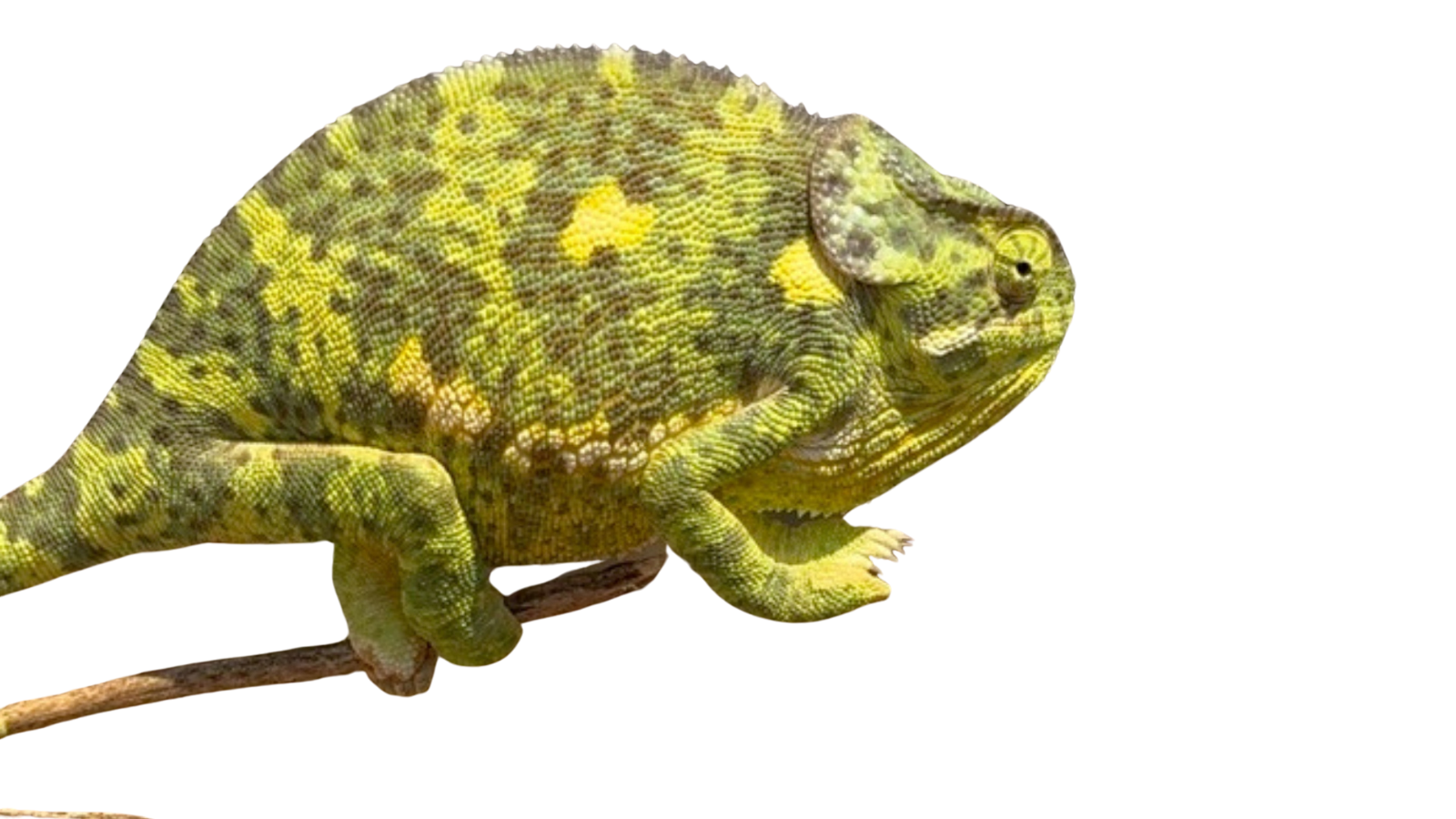
10
Last week I discussed, extensively, of some very mundane cattle movements. One of the reasons that I opted for the play-by-play approach to presenting that information is that I want to make it clear that this is not ‘just turning them out.’ I probably didn’t need to be so busy, but maybe I did. Also, maybe our neighbors that have good pasture without sixty paddocks and a grazing chart on the wall, are doing more active management than we first realize.
I also wanted to highlight how things happen on the Serengeti. When one area in the Serengeti gets a little extra rain and grows more grass, animals flock from miles around to eat it. When they have gotten ahead of that grass, they start to trickle off to somewhere else. The modern world is a serious impediment to the natural flow of grazing animals. I think it is important for us eco-grazers to start talking about how it is not just a loss of predators that has altered grazing animal behavior. From my research, it is not the most important factor in short grass environments.
My set stocking goals weren’t much different than my rotation goals. I was trying to achieve the average pasture conditions over the whole rotation on the whole ten acres. If I was rotating, I might have grazed a paddock down and brought the cattle back when most of the grass plants had three leaves. With intelligent set-stocking, I might shoot for most of the plants always having a leaf and a half. But really I just looked out over the whole thing and if it looked like a really nice vibrant pasture, I didn’t mess with it. If it was starting to look a little shaggy, I added some animals. If it was starting to look a little dry and tired, I took some animals off. I wanted to avoid over correcting, bringing on too many animals and having to take them off only to have to bring them back again. I didn’t get started as early as I wanted and the grass got away from me a little but I don’t know if that really mattered in the end because that was early in the season. I just added more animals and they caught up with it eventually. I wanted to make sure that the grass was short and green when the soil dried up and growth stopped in this seasonal rainfall environment. I didn’t want the grass to come back with one last push after I pulled the cattle off. When growth did stop, I wanted to pull the cattle off immediately and let the grass be. I pulled the cattle (except for the two dairy cows) off three months ago and won’t start adding again until next March. Well, hypothetically, more on that soon.
As I have said many times, we eco-grazers have hardened ideas about how grazing happened in nature. We have very little evidence from nature to support those ideas and we have been shamefully lax in looking for evidence. Your neighbor who successfully “just turns the cattle out” is giving you clues about how grazing worked in Eden. If my neighbor is growing more beef and has more plant species per acre, they are probably mimicking nature better than I am. When we actually look at natural grazing systems to learn about natural grazing (imagine!) we often see systems that sort of look like set-stocking. At least intelligent set-stocking.
In the end, I was surprised by the results of this project. I didn’t keep close track of everything that I was doing here because I thought this project was about landscaping and not about production. But when I add all the Animal Days together, this hilly mix of grass, trees, and brush which is not considered commercial agricultural land at all grew almost as much beef per acre as the flat, irrigated pasture where the good-ole-boys ranch and where I spend all kinds of time moving cattle. It needs to be said that almost all those days came in May and June, which may or may not work for someone’s business.
In the end, if I could set-stock and have good pastures all the time, I would. But late spring comes and the grass gets away. Then things dry up and the grass gets too short. I could probably come up with a way to make a set-stocking work for the whole ranch. But I won’t. I am way too deep into it to change now and after this season I again think the sky is the limit when it comes to what can be achieved through more intensive management. But I admit that I might just be as set in my ways as my set-stocked neighbors.
Set-stocking is a car with an accelerator and a brake, but no steering wheel. This is great for many jobs but I can’t take that car everywhere and I can’t get the most out of it. However, I learned some really important lessons from this. I will discuss how I integrated these insights into my grazing program this year and how I plan to continue to integrate them going forward. But first I want to discuss my latest insights from the opposite side of the grazing spectrum, mob-grazing/total grazing.

